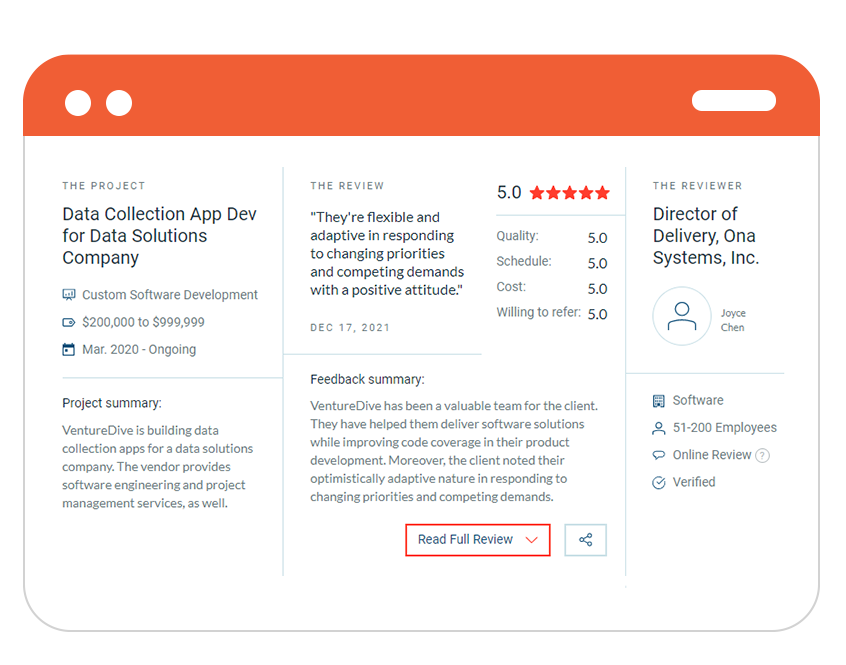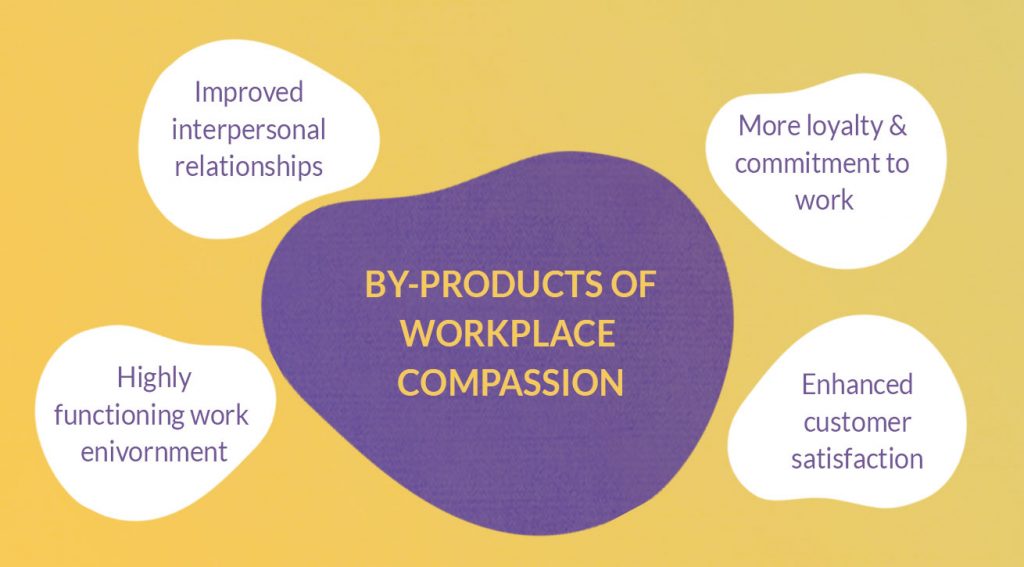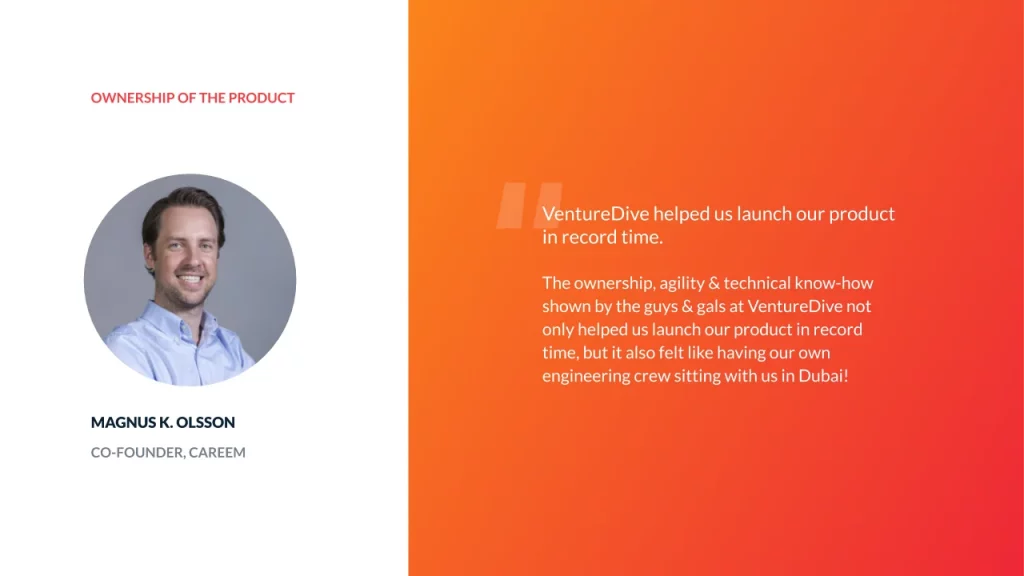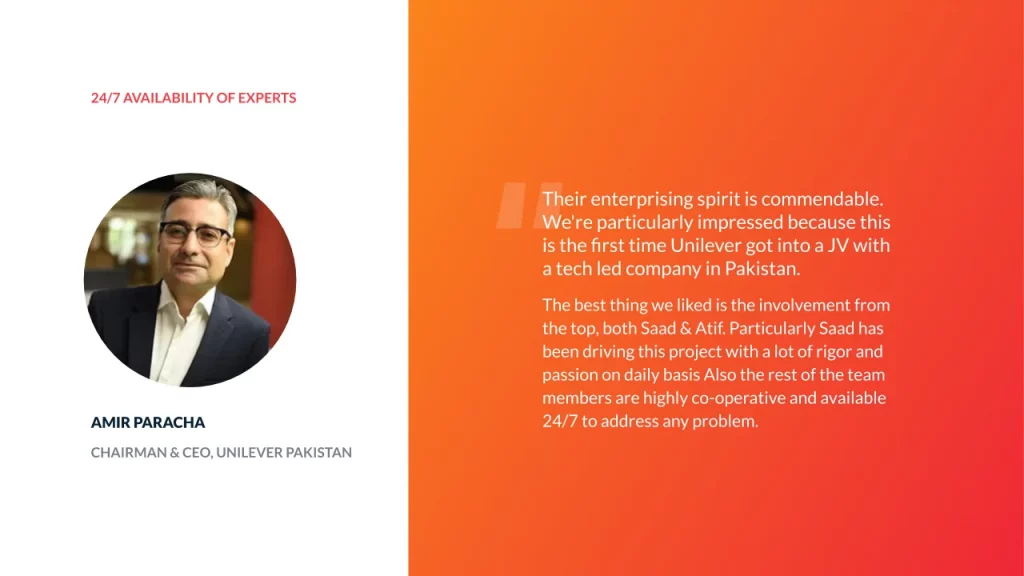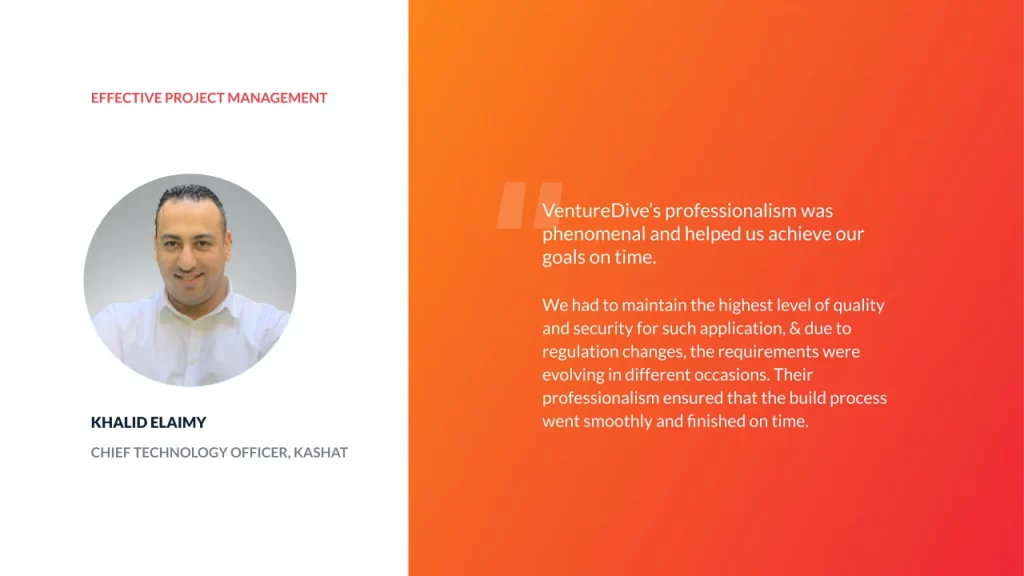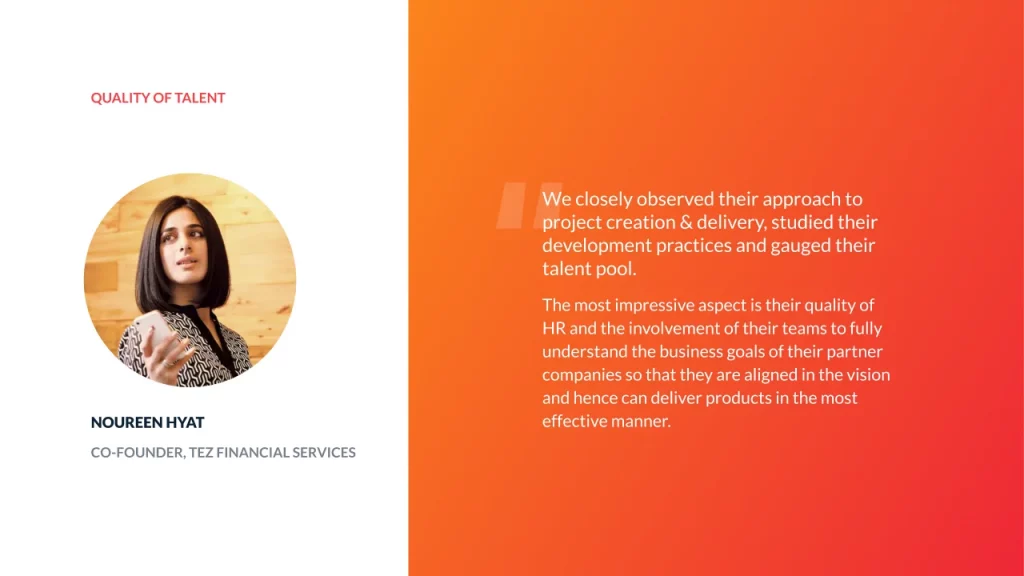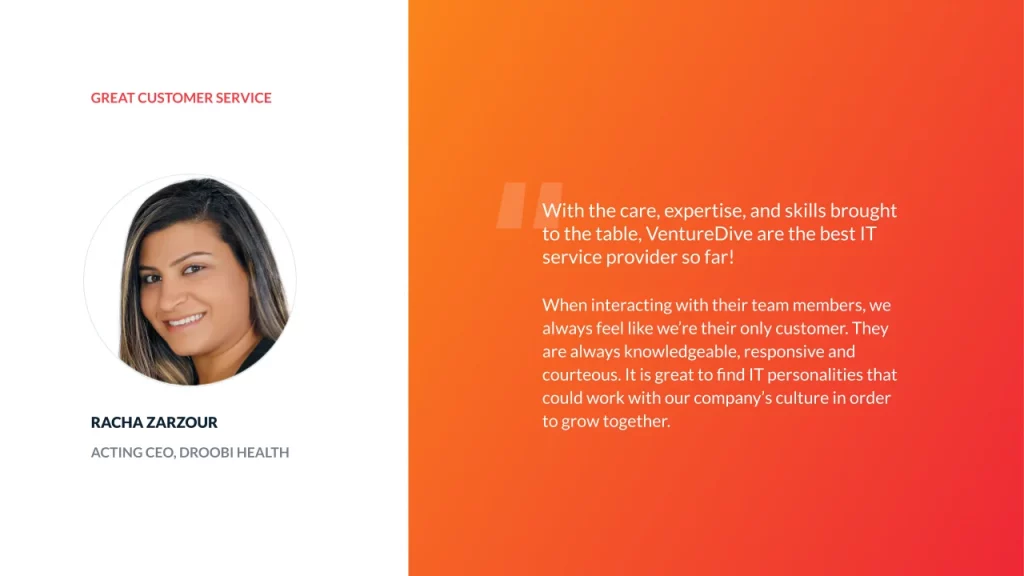Imagine a store where each experience is uniquely tailored, so it feels as though the whole store has been specially crafted for you.
Well, you’re not alone, as the majority of shoppers are increasingly undergoing such a shopping experience, causing a significant hike in sales. It’s not some sorcery, its the use of AI to predict customer behavior. In 2023, the global retail e-commerce market soared to an impressive 5.8 trillion U.S. dollars, with projections forecasting a 39% surge, aiming to eclipse eight trillion dollars by 2027. This growth is largely attributed to a shift in customer engagement, transforming shopping into a journey of deep personalization, driving the retail sector to new heights.
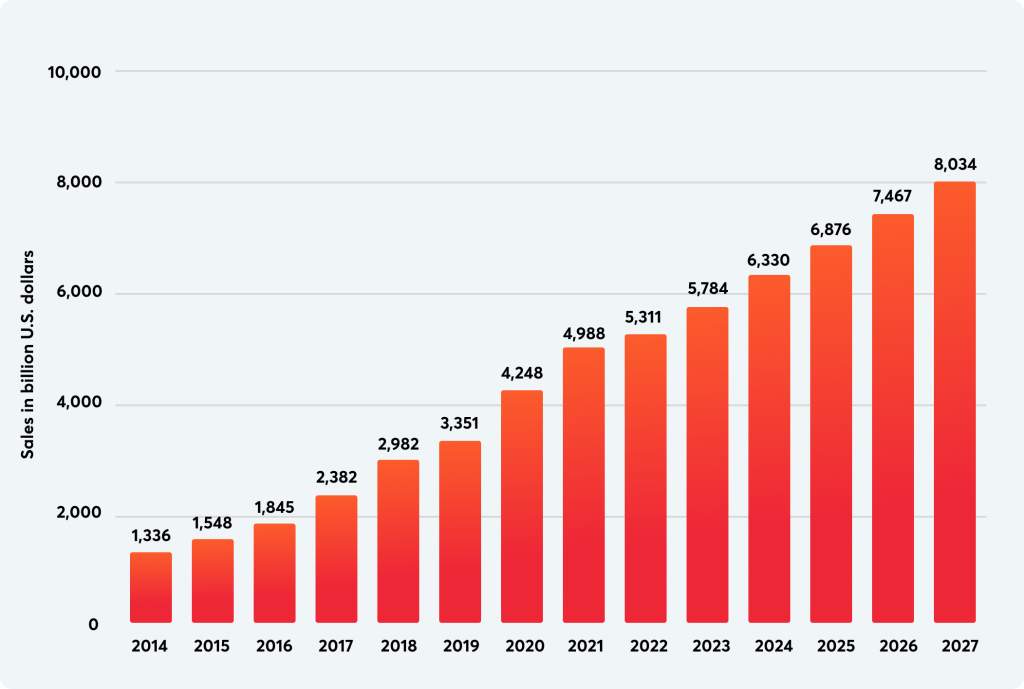
You must have received product recommendations or advertisements on your social media app that are so spot-on. So much that it feels like Google, Facebook, or Instagram are eavesdropping in on your conversations or browsing history, even in Incognito mode! It turns out, they kind of are—using AI. This technology has been making waves across the retail sector, with its market size leaping from USD 6 billion in 2022 to a projected USD 100 billion by 2032. That’s a Compound Annual Growth Rate (CAGR) of 30%! And while only a fraction of retail harnesses AI effectively, a staggering 80% of retail executives predict their operations will be powered by AI-driven automation by 2027.
AI has driven $150 billion in value in overall AI technologies for the GCC countries alone, contributing to more than 9% of their combined GDP. Talk about economic growth; in this $150 billion, the retail industry is a contributing factor. AI is creating shopping experiences that are more engaging, efficient, and tailored to individual preferences. Moreover, the GCC region is focused on adopting this sort of shopping experience for their customers.
Retailers use AI to predict consumer behavior with greater accuracy, what the user is likely to want, and offer seamless and uniquely tailored shopping experiences (details and examples mentioned below). But how is AI enabling it all at the back end? Let’s discuss this and more below.
AI’s Role in Predicting Customer Behavior in Retail and CPG
Artificial Intelligence and Machine Learning are foundational technologies reshaping retail and CPG sectors. AI refers to computers performing tasks that typically require human intelligence, while ML, a subset of AI, involves algorithms learning from data to make predictions or decisions without being explicitly programmed.
Retailers and CPG companies leverage these technologies to understand and anticipate consumer behavior, preferences, and trends. By analyzing historical and current data, AI and ML enable customer behavior prediction for businesses. Through this, they are filling the gap between traditional guesswork and data-driven decision-making. This strategic use provides a competitive edge, allowing for more personalized customer experiences and efficient inventory management.
Data Collection Methods
Data collection in retail encompasses a wide range of methods, making the entire operation successful. It’s crucial because it allows retailers to tailor their offerings and communications precisely to individual preferences and needs. This personalized approach meets customer expectations and drives loyalty and sales, ultimately creating a difference in how retailers connect with their audience.

Together, these methods provide a comprehensive view of consumer preferences and behaviors, enabling retailers to deliver highly customized shopping experiences. This approach not only increases customer engagement and satisfaction but also optimizes inventory management and marketing strategies, leading to improved sales performance and customer loyalty.
How AI Processes Data to Predict Consumer Needs and Preferences
After data collection, the data is processed by AI, which involves the following steps:

Introducing Amazon Go and the world’s most advanced shopping technology
The sophistication of AI in processing and analyzing data allows retailers to anticipate the needs and preferences of their consumers. All this to craft highly personalized and engaging shopping experiences. This technology-driven approach is making retailers more responsive, efficient, and customer-centric than ever.
Real-Time Personalization and Predictive Analytics
It is no secret that brands are investing in AI predictive analytics for consumer behavior to create shopping experiences that resonate with individual consumer preferences. Amazon launched Amazon Go back in 2016, and has since evolved with multiple other tools within the domain. One notable example is Amazon Rufus, which uses AI to power its recommendation engine. It suggests products based on browsing and purchase history, leading to significant increases in customer engagement and sales.
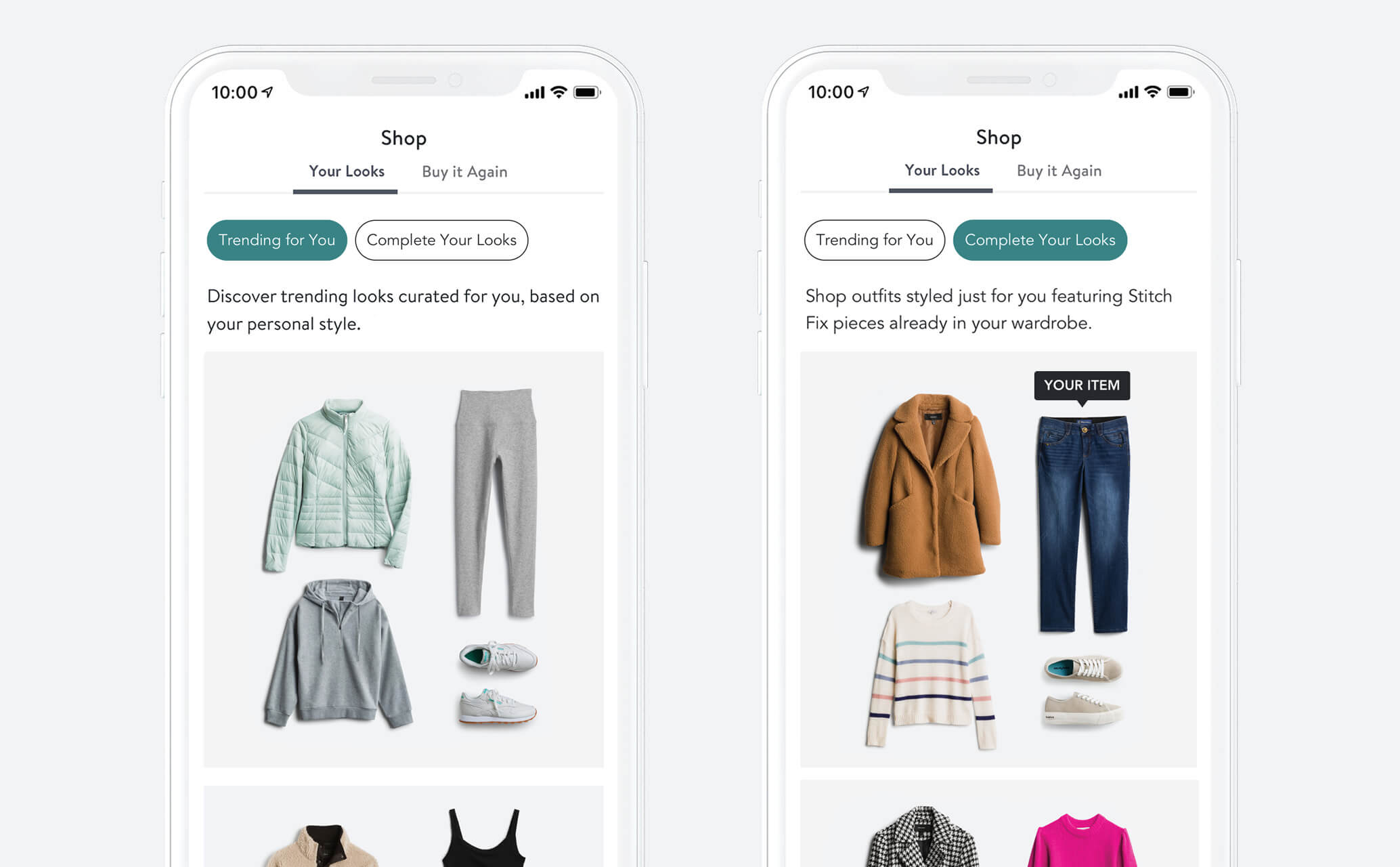
Another example is Stitch Fix, an online styling service that uses AI to tailor clothing selections based on customer preferences, sizes, and feedback, demonstrating the potential of AI to customize services at scale.
Impact on Inventory Management
For inventory management:
- AI forecasts demand: Predicting product needs to optimize inventory.
- Optimizes stock levels: Balancing inventory to avoid overstock and stockouts.
- Improves supply chain efficiency: Streamlining operations for better performance.
- Reduces costs: Lowering expenses associated with excess inventory and missed sales.
- Increases customer satisfaction: Ensuring products are available when desired by customers.
Impact on Product Recommendation
Product recommendations are among the most visible impacts of using AI to predict customer. By analyzing customer data, AI can suggest products that a customer is likely to be interested in. It thereby increases the chance of purchase.
The Consumer Experience Today VS. Before
Today, shoppers engage with retail through various means of technology in ways that were unimaginable just a decade ago, leading to a more personalized, efficient, and engaging retail therapy experience. Traditionally, shopping involved visiting physical stores, browsing through aisles, and often dealing with the uncertainty of item availability or fitting. Today, the use of AI to predict customer behavior has transformed this experience into one that is more tailored to individual preferences and needs.
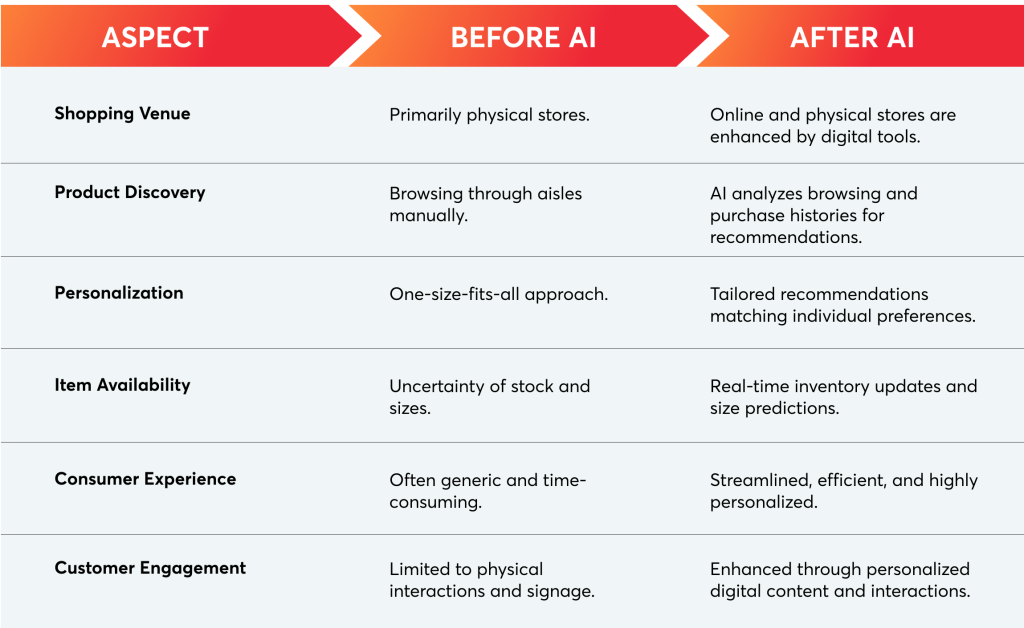
Enhancing Customer Experience with Augmented Reality in Retail
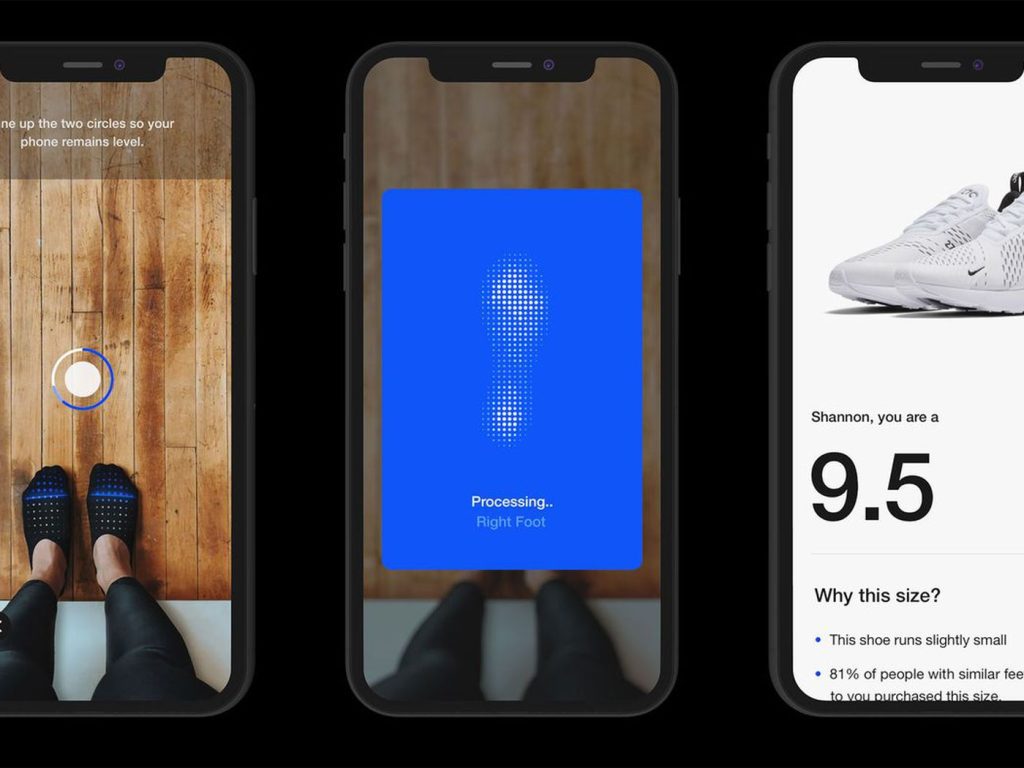
Virtual try-ons and augmented reality (AR) solutions represent some of the most innovative uses of AI in retail. Nike’s use of AR for shoe sizing allows customers to find the perfect fit without physically trying on the shoe, combining convenience with personalization.

Similarly, beauty brands like Too Faced employ AR to enable customers to ‘try’ makeup or hair colors virtually, ensuring the product suits their preferences before making a purchase.
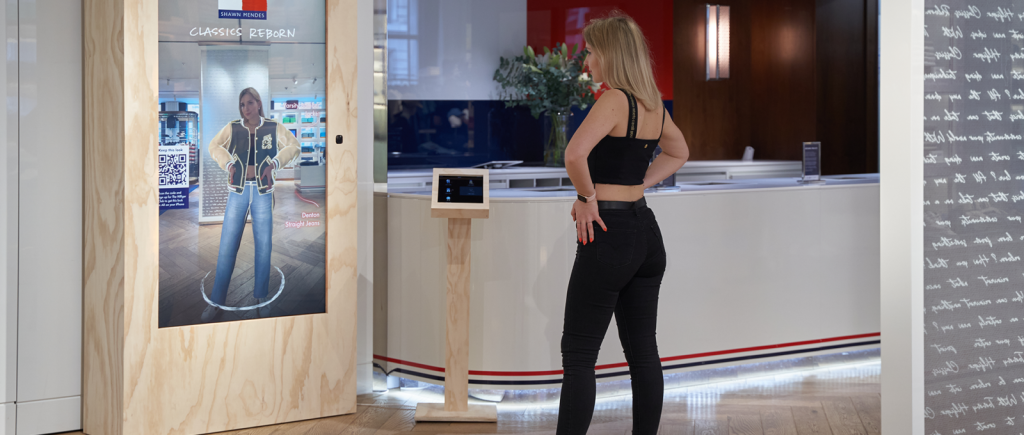
Clothing apparel brand Tommy Hilfiger isn’t too far behind either. It has ventured into the Metaverse by partnering with augmented reality technology company Zero10 to introduce an AR try-on feature in three of its European stores. This innovative approach allows customers to virtually try on clothes using an AR kiosk, leveraging 3D body tracking and cloth simulation to create realistic representations of the clothing on the user. This significant step by Zero10 and Tommy Hilfiger marks a move towards blending the physical and digital shopping experiences. It offers customers with a new, interactive way to engage with the brand’s fashion offerings.
Furthermore, AI-driven customer service, such as chatbots and virtual assistants, is boosting customer support by providing instant, 24/7 responses to inquiries. This not only improves the efficiency of customer service but also significantly enhances customer satisfaction by offering timely assistance.
Time to reap the benefits of using AI to predict customer behavior
AI’s evolution is transforming shopping into deeply personalized experiences, using AI to predict customer behavior is exceeding customer expectations globally. By focusing on consumer-brand interactions and decision-making, AI helps retailers boost sales and loyalty. VentureDive’s Data and AI services are at the forefront of this change, offering solutions that empower businesses to navigate this transformation successfully. Connect and explore how we can enable your business with the best AI technology that resonates with your customers.


